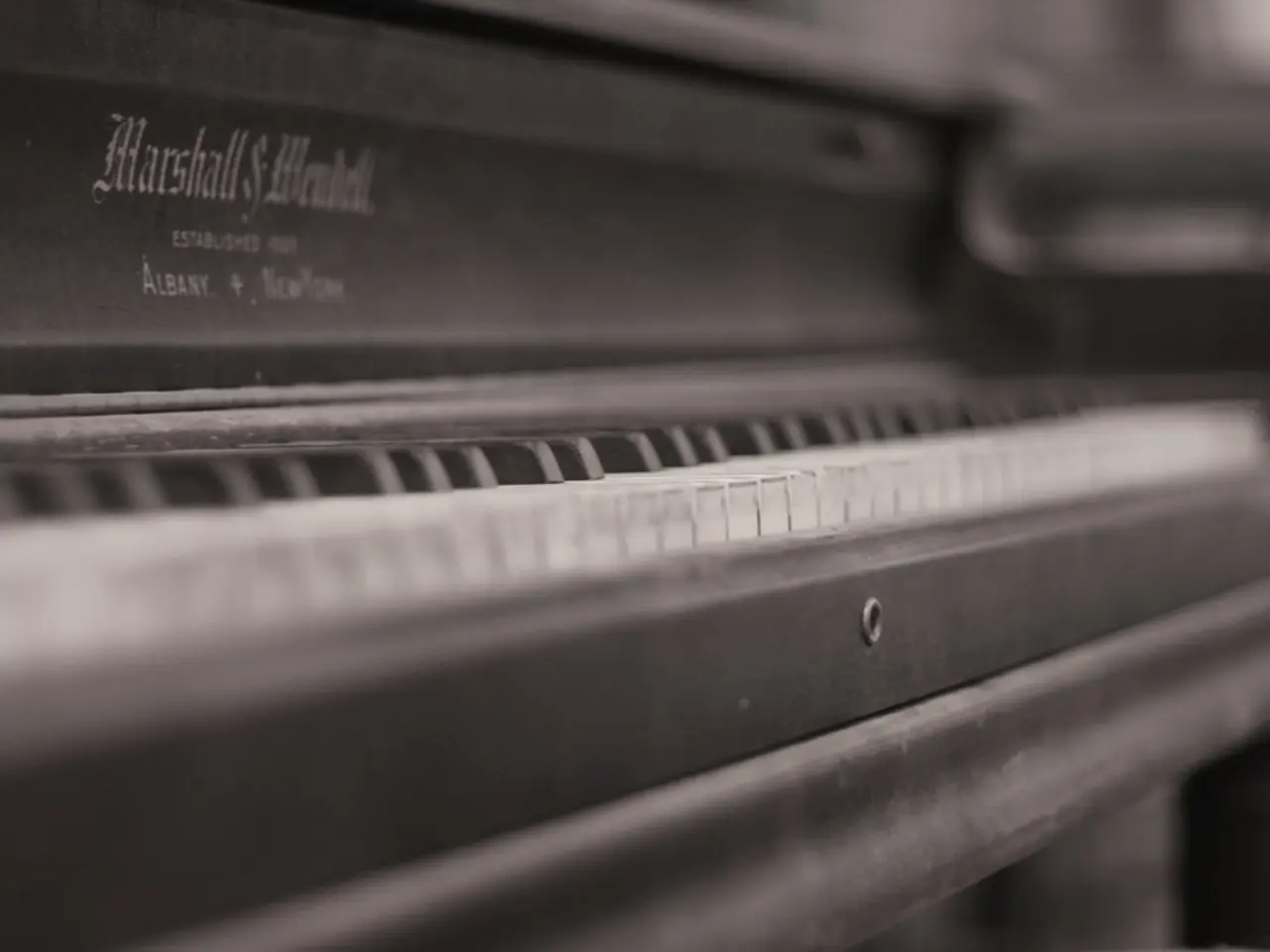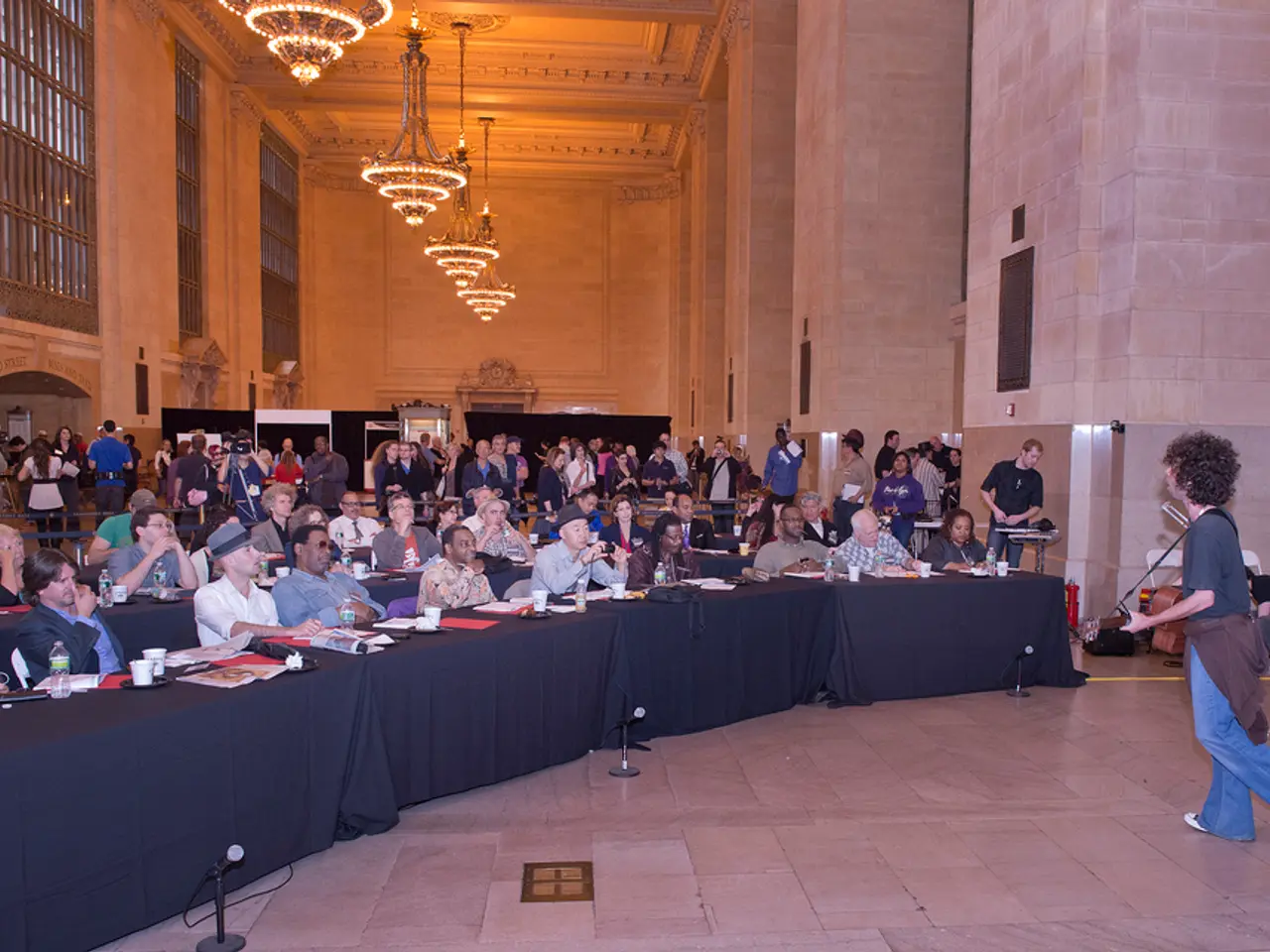Analysis of the First Movement of Haydn's Sonata in E Minor, Hob XVI 34
In the realm of classical music, certain conventions and preferences have long governed the composition of piano sonatas. One such convention concerns the choice of time signatures, particularly in the first movement. A recent analysis of Joseph Haydn's Piano Sonata in E Minor, Hob. XVI:34, published in London around 1783, reveals an intriguing departure from this norm.
The sonata, known for its expressive depth and structural innovation, stands out for its use of a duple compound time signature (6/8) in the first movement, a choice that was uncommon for the era. In the Classical period, this time signature was more commonly associated with slower movements, dances, or lyrical content, rather than the assertive, motivically driven first movements.
The preference for simple or alla breve meters in Classical first movements stemmed from the formal demands of sonata-allegro structure. These meters supported the energetic, thematic contrast and development necessary in opening movements due to their clear, direct, and rhythmically straightforward nature. Compound meters like 6/8, with their dance-like and lyrical connotations, were generally reserved for slower or secondary movements instead.
However, Haydn's sonata, composed in the late 1770s, challenges this norm. The first movement, Presto, begins in 6/8, a choice that adds a unique flavour to the piece while still maintaining the overall structure and balance. The clarity and dramatic physicality required in first movements, as seen in Beethoven’s later sonatas, are present in Haydn's work, albeit with a rhythmic framework that differs from the conventional simple or alla breve meters.
The sonata is divided into three movements: Presto, Adagio, and Vivace molto. The Adagio movement, a stark contrast to the lively Presto, is in a simple time signature, reflecting the convention of the era. The finale, Vivace molto, features a simple, folk-like theme with a recurring E major episode, providing a fitting conclusion to the sonata.
The analysis of the sonata is based on the book "Analyzing Classical Music" by William Caplin. The connection between the first and second movements is achieved through a deceptive cadence and a deceptive half cadence on B major. The sonata also uses Alberti bass and has strong harmonic features, with the Subordinate Theme starting, conventionally, on the relative major of E minor, G major.
One of the distinctive features of this sonata is the seamless connection between the first and second movements. Something particularly interesting in this sonata is the closing of the transition with a Medial Caesura in bar 29. The Subordinate Theme repeats the presentation phrase in bars 36 to 38; this time the continuation will lead to the cadential progression finishing in a PAC in bar 42.
In Haydn's piano sonatas and symphonies, the use of the parallel major in the development section of minor-key sonata form movements was not a standard practice but did occur occasionally. The development section of the sonata lasts for 8 bars and establishes a large-scale model, followed by a sequential repetition of the complete model, and then fragmentation into smaller grouping units.
The presentation phrase in the first movement of Joseph Haydn's Piano Sonata in E Minor, Hob. XVI:34, is repeated in bars 16 and 17 under the progression I-V. The continuation of the first movement uses material from the presentation, now more ornamented using a model-sequence device, closing with a PAC in bar 22.
In conclusion, Haydn's Piano Sonata in E Minor, Hob. XVI:34, breaks the mould by using a 6/8 time signature in the first movement, a choice that adds a unique flavour to the piece while maintaining the overall structure and balance. The sonata is notable for its expressive depth, structural innovation, and seamless transitions between movements.
The sonata's use of a duple compound time signature (6/8) in the first movement, uncommon for the Classical era, adds a unique flavor to Joseph Haydn's Piano Sonata in E Minor, Hob. XVI:34, offering a departure from the conventional simple or alla breve meters often preferred for assertive, thematically driven first movements.
Despite challenging the norm, the sonata still maintains the formal demands of sonata-allegro structure with clarity and dramatic physicality typical of opening movements, as seen in Beethoven’s later sonatas, albeit with a rhythmic framework different from the conventional simple or alla breve meters.






